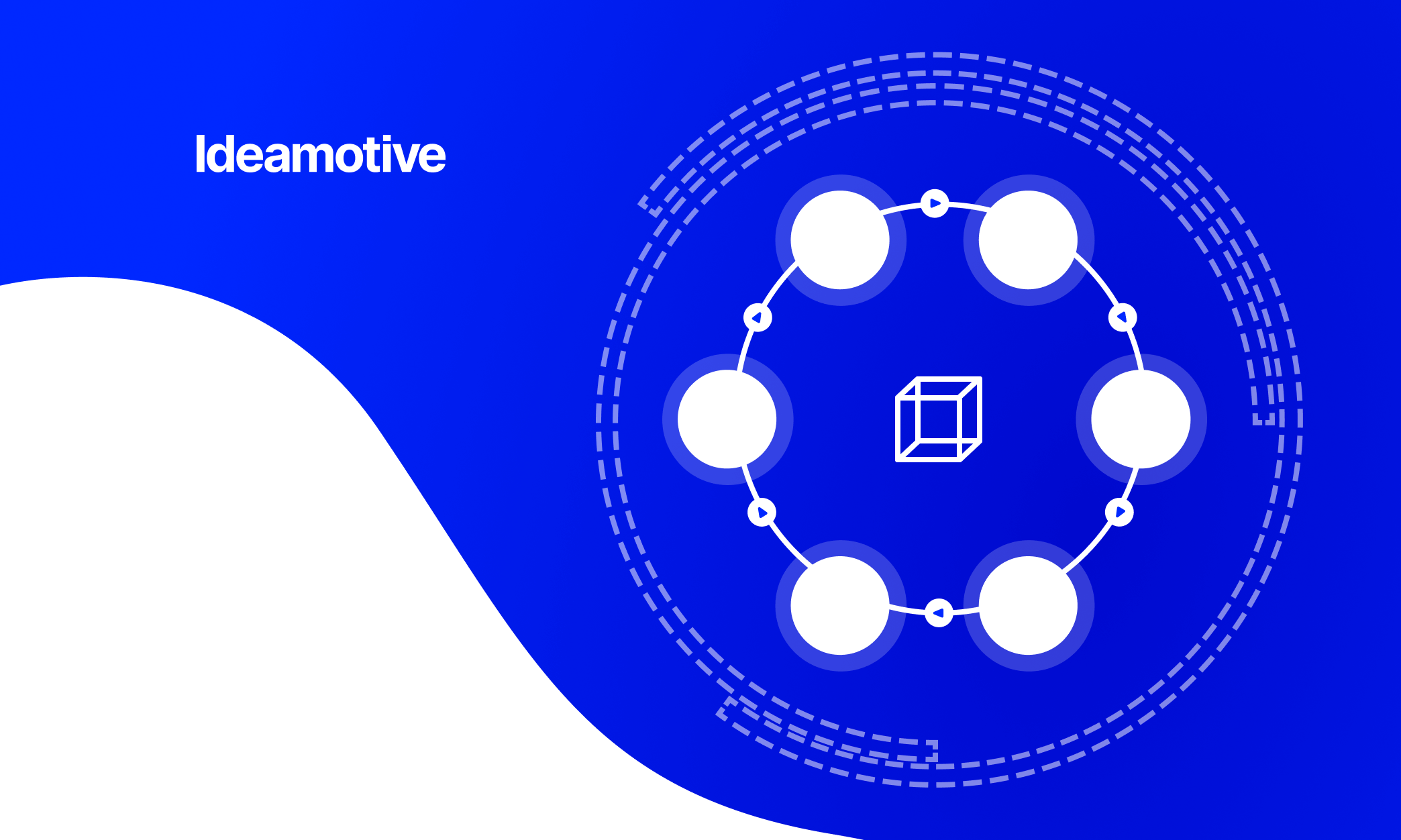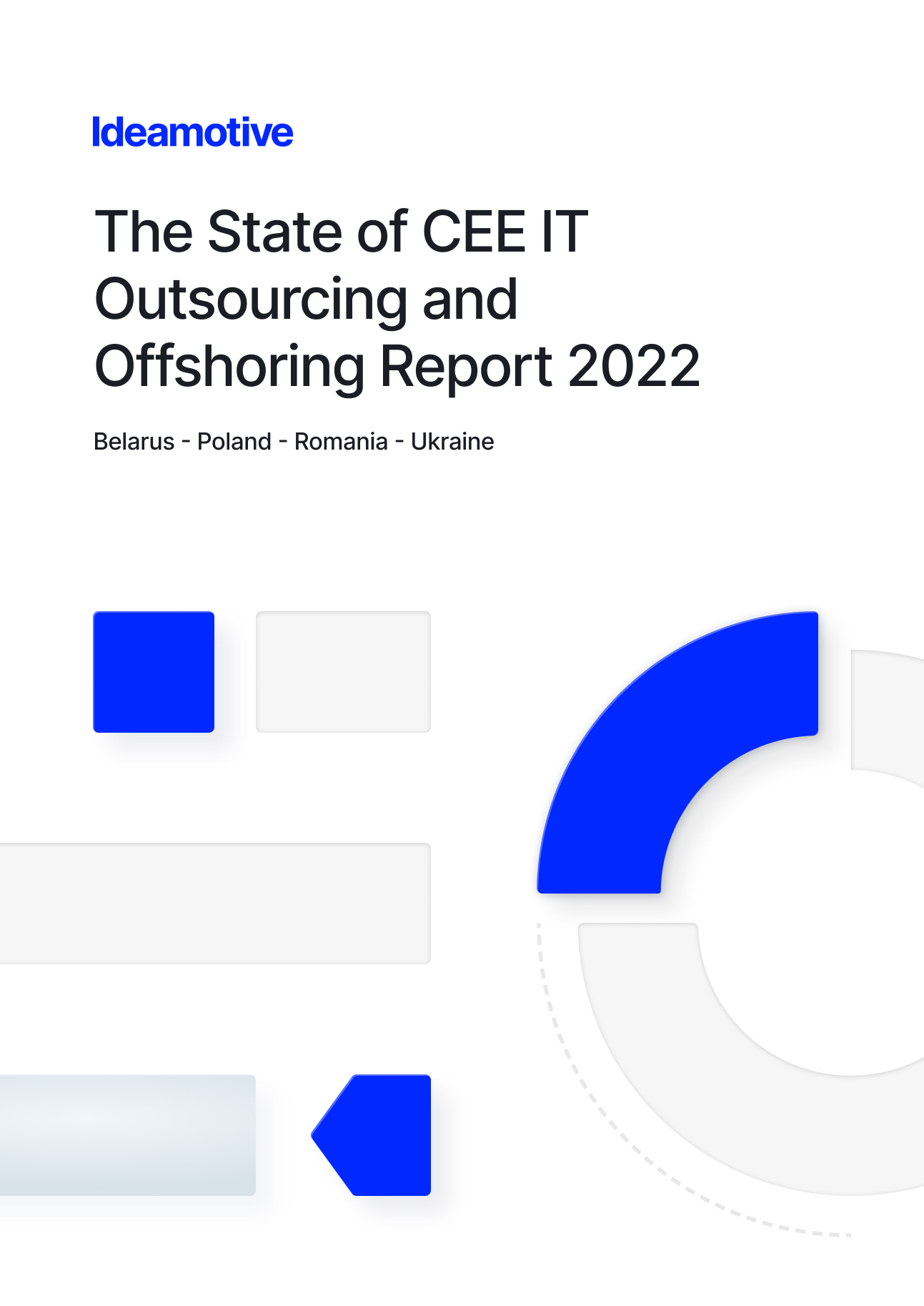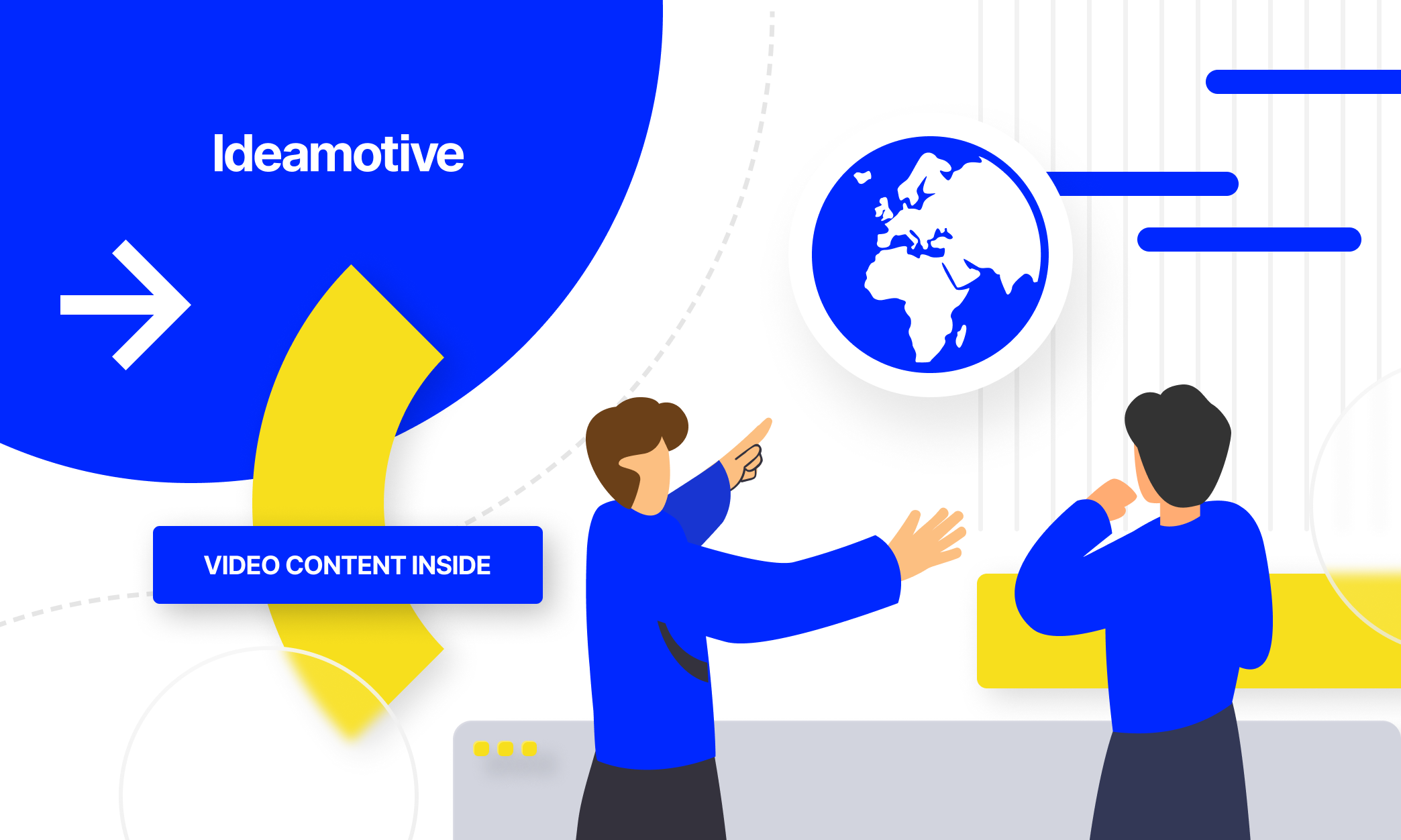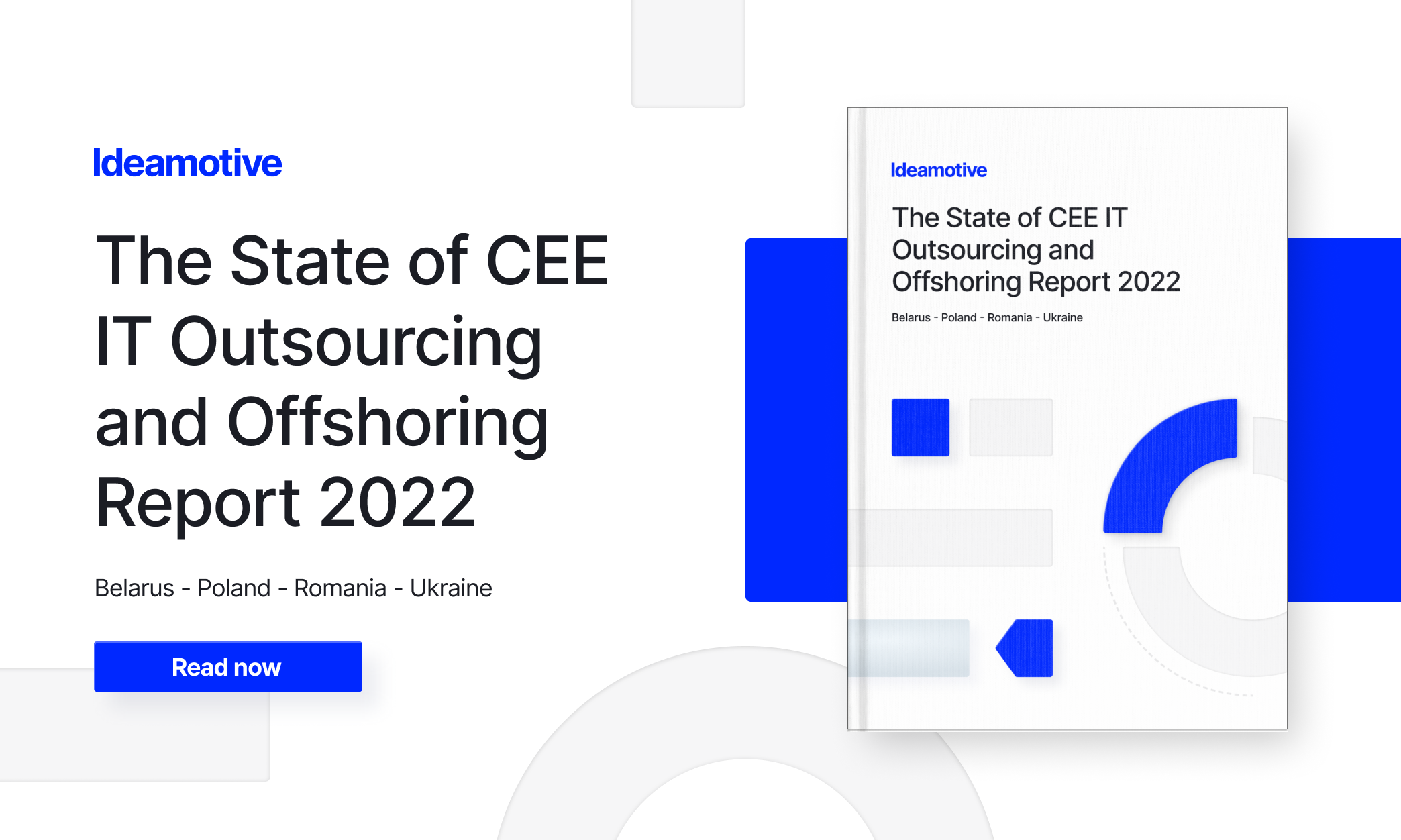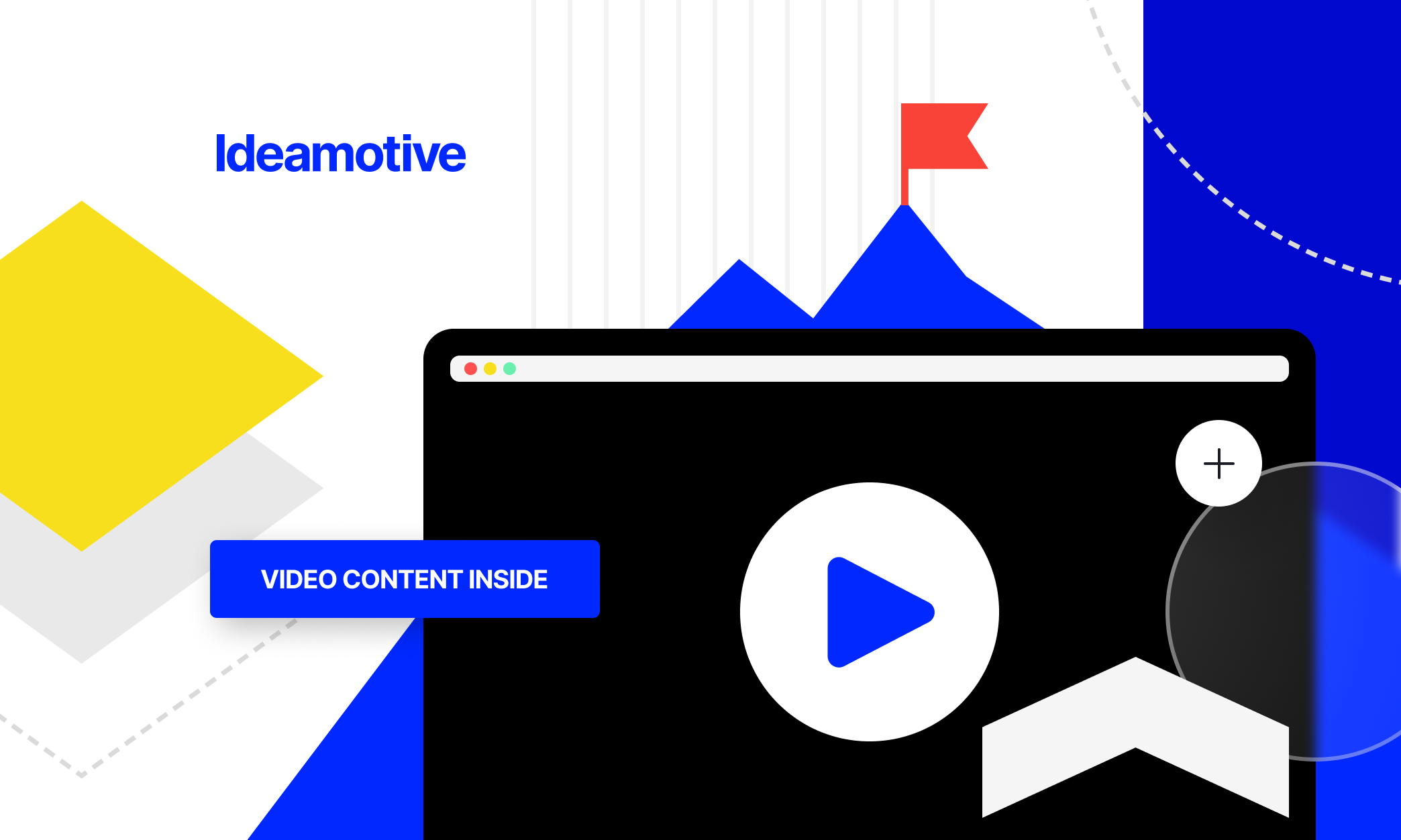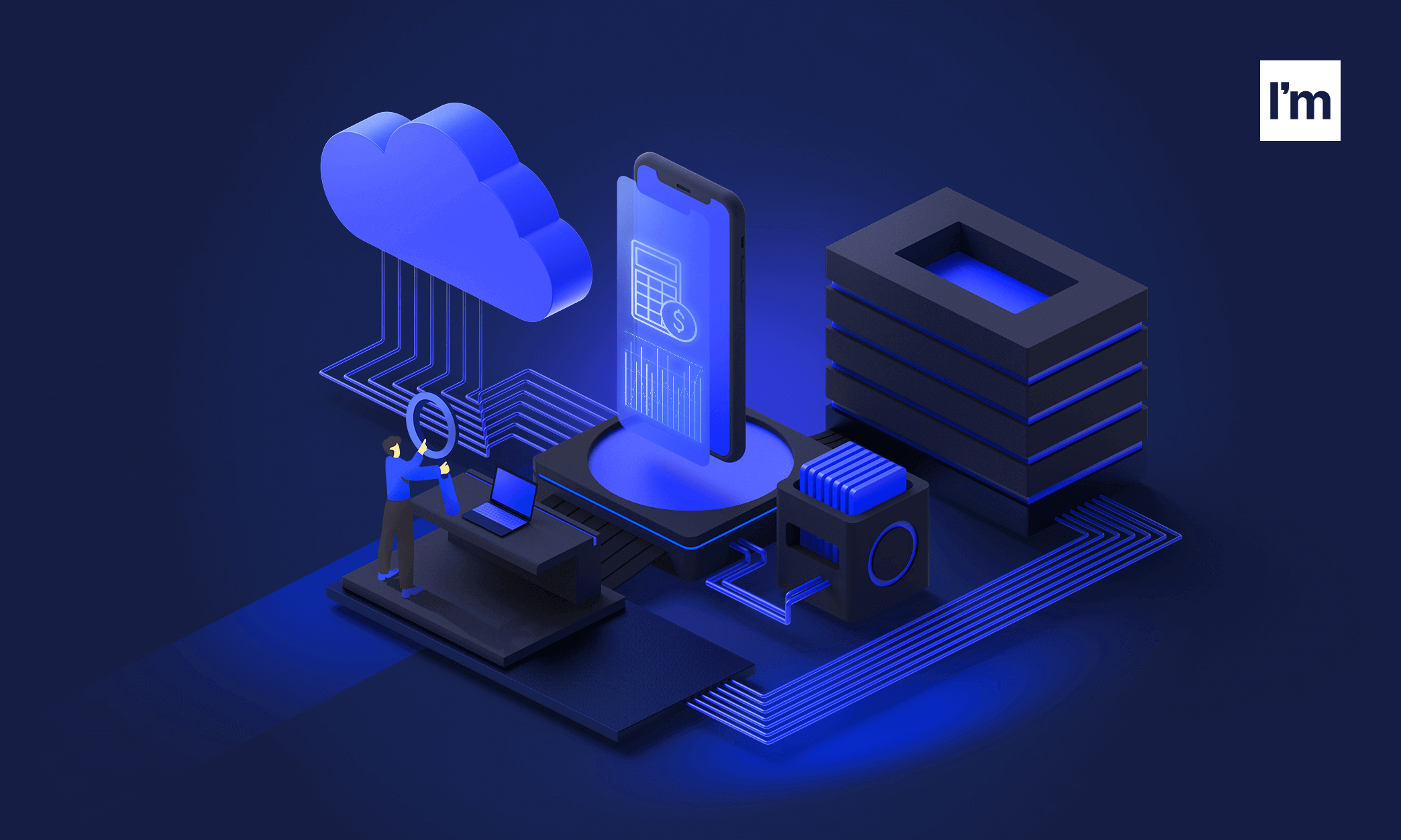At a time, iPhones, Uber rides, Netflix movies, and Amazon shopping binges were just ideas in people's heads. These fantastic services and products have come through a long development process before clients worldwide could enjoy them.
Do you have a great idea for launching a new product or service? It is important to deliver it from your head to thousands of customers in the most all-around efficient way. A structured approach to launching a product will help you not to fail.
We have prepared a guide to show you each step of the high-quality product development process. We hope it will help you successfully bring your idea to life and not waste money.
What Is a Product Development Process All About?
A product development process is a path your product or service takes to reach the market where it becomes available to end customers. Essentially, it is the first stage of the product life cycle.
The development process is an activity at the intersection of management, technology, design, and marketing. Product managers are usually responsible for the process of product development. They pull together all team members, inform them of the project goals (with the help of a roadmap), and control the progress of the project. However, a new product launch is not all about product management. Many people can be involved in this process, including developers, designers, marketers, etc.
Why is PDP so important?
With a successful launch, customers are heated up with a lot of interest in the product, and your profits grow. With a failed launch, you can not only lose profit but also worsen the brand image as a whole.
According to the McKinsey Cross-Industry Launch Survey, the success of new product launches is correlated with:
- Collaboration in a team;
- Taking into account information about the market;
- Careful planning of upcoming launches.
You really need a structured approach for the development process of your product. Well-planned set of steps and manipulations will help you to avoid a product launch failure and common mistakes.
Some typical mistakes when launching the product include:
- Market size misassessment;
- Non-compliance with consumer needs;
- Counter-effective marketing activities;
- High cost of the end product due to resource overrun;
- Poor product design.
Check out other common mistakes in building software products.
Product Development Process Explained: 7 Stages

Source
The 7-step product development process is a traditional end-to-end approach to launching products. It is often employed to create physical goods but can also be used to develop digital products or services.
Let's dive into the details of each stage of the product development process.
You can also check out other digital product development models.
1. Ideation
An idea is the germ of a product. At this stage, you should consider what your client needs. When creating a product, focus on solving a specific problem. Your task is to find the "pain" of the client and resolve it with the help of your product.
If you already have a well-thought-out idea, consider whether the client is ready to pay for the solution you are about to offer. If you are not sure about this, think about what features you can add and how you can improve the product so that it grows in demand.
Once you have collected all the ideas (maybe after some brainstorming), you need to select the ones with the highest potential for success. First, you need to make sure that your idea is feasible. There is a concept like POC (Proof Of Concept). This is a demonstration of the practical feasibility of an idea to prove the fact that it works. In software development, engineers use this concept to test certain assumptions and the applicability of an idea.
So initially, you need to consult with developers to understand the technical side of the possibility of launching a new product.
Hire Python Developers to implement your idea. We can also help you find reliable devs for any other tech stack.
2. Research
Market research and competitor analysis are a must for launching a new product.
Market research helps to understand:
- Product demand;
- Consumer needs;
- Current and future trends;
- Risks for the company.
Competitor analysis helps you understand:
- Advantages of competitor products;
- What competitor products lack;
- Is there a free niche in the market?
You can use all this information to understand whether the consumer is ready to pay for your future product. It will also help in creating a product that best meets the end customer's needs.
3. Planning
At this stage, you need to formalize the requirements for the future product. If you don't have a concrete idea about the features and design of the product, as well as how it will work, you will "get lost" in the next steps. This stage consists of several sub-stages.
USP creation
First, outline a unique selling proposition (USP). That is, you need to formulate the specific benefits of the product.
Answer the following questions:
- What will the customer get by purchasing your product?
- What can your product do for the customer that other solutions on the market can't?
Roadmap creation
A product roadmap is a visual document that clearly describes all the steps your product must go through before going out into the world. In fact, it is the prototype of the product development process. The roadmap is created to help all team members understand working processes.
We recommend creating a roadmap by defining project goals. For each step described in the document, you can set deadlines. Make changes to the roadmap as the project progresses.
Choosing tech stack
Now you need to choose the technologies that are best suited for the implementation of your project. The choice depends on the budget, development time, and product complexity. For example, you can hire Ruby on Rails developers for fast app development while React Native Devs are in high demand for creating web apps.
After all product requirements are clearly defined, an SRS (Software Requirements Specification) document is created. SRS is checked by the founder of the company, CEO, or CTO.
Do you find it difficult to determine which tech stack is right for your project? The most popular program language is JavaScript, which is used for various projects. Our experts can also consult you about the best-fit tech stack for your product.
4. Prototyping
It's time to actually develop your product. The product development process necessarily involves the creation of a draft product version.
Stages of development:
- UI/UX design - visualization of your product;
- Back-end - developing the "stuffing" of the product which is hiding from the user;
- Front-end - developing the part of your product that is visible to the user. You may hire a React developer to create a user interface;
- Testing - making sure the product meets all the requirements.
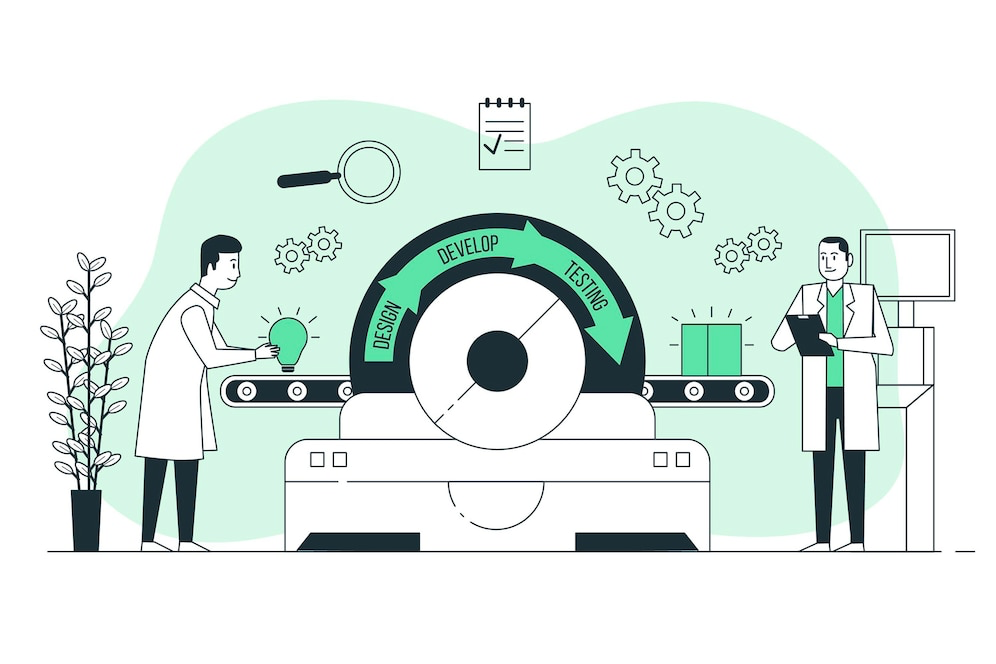
Source
The focus of prototyping is on UI/UX.
UX concept creation
At this point, you need to decide what your product will look like. The design must be created based on the needs of users so that it is comfortable to interact with the product. You can hire UX designers to visualize your future product. This is where UX designers help you translate your understanding of what the user needs into a real user experience.
MVP
MVP (Minimal Viable Product) involves the development of a product with a minimum set of features. This is especially relevant for large-scale products with extensive functionality. You should not implement everything at once; it is better to focus on the main functions of the service. In the future, you can add new features or improve existing ones in accordance with user feedback.
MVP Pros:
- You launch a product faster than your competitors;
- You cut costs at the initial stage;
- You can analyze the reaction of customers to the product through various resources and improve it.
After creating the design, developing the product, and testing it, the MVP is launched to the market with a set of minimal features to collect feedback and finalize based on it as well as overall field performance statistics.
Agile method
The best way to develop new products is to use the Agile method. It ensures iterative product development and encourages collaboration at every stage.
Main features of Agile product development:
- Software development is broken down into short development cycles (sprints);
- After each iteration, the teams provide the founder with a working product for feedback;
- After each iteration, changes are made in accordance with the feedback received from the founder.
At Ideamotive, we use the Agile approach because it speeds up the product development process. It allows us to shift between development cycles as new customer requirements emerge. The founder can make changes along with the developers and be constantly aware of the progress.
You can find top Flutter Devs, seasoned Node.js devs, or any other tech talent you need on our marketplace.
5. Sourcing
Sourcing is the process of choosing a supplier of goods/services needed to launch a new product. In our case, this is the selection of a software developer. The vendor will not only create a product for you but also provide maintenance for it after entering the market.
Sourcing is one of the most important steps for any business that gets you closer to bringing your product to market. As for software, this is all the more important as it is a complex industry. Creating an advanced technological solution requires special knowledge and experience. Cooperation with experienced software providers will allow you to bring your idea to life.
If you do not have your own development staff, you need to find an outsourced software vendor. Outsourcing is also recommended if your team does not have relevant experience in the required industry.
Software vendor selection criteria:
- Experience in product development in your niche (for example, MedTech, EdTech, Finance, etc.);
- Experience in developing your type of product (for example, marketplace, web app, SaaS, etc.);
- Providing product consultations;
- MVP development option.
Ideamotive has a huge pool of developers working with any relevant tech stack. Find Java devs, seasoned .Net engineers, or any other tech talent perfectly matched with your project, technology, and the realm of operations. You can also build an entire dream team to bring your idea to life with our talent network.
6. Costing
At this stage, you need to calculate all the costs required to bring the product to market.
Main costs when launching a new product:
- Software development;
- Design creation;
- Deployment;
- Further maintenance;
- Third-party tools;
- Hosting.
Once you have calculated the total cost, you can develop a pricing strategy and calculate your potential profit.
Two approaches to pricing:
- Сost-based pricing. A markup (for example, 50%) is added to the initial production costs.
- Market-focused pricing. First, the cost of similar products on the market is analyzed. Next, the price is determined. It can be the market price, below market price, or above market price. The latter option is justified if your product solves the client's actual problem that competitor products cannot solve.
7. Commercialization
This is the stage of bringing the product to market. Once the software is ready and tested, it is transferred to production for distribution to end users. Now your idea finally turns into a real product.
Steps of commercialization:
- Deployment;
- Marketing activities;
- Sales;
- Customer support.
Discover other approaches to structuring a product development life cycle.
Final Thoughts
By now, you should have an idea and a plan on how to turn what you have in mind into a great product. It is important to focus on each step of the development process so that your project does not remain just an abstraction. And, of course, you need the best-fit engineers to realize your dream project.
Ideamotive can help you at every stage of the product development process. Our developers have created hundreds of extraordinary new products in the software space. So let's find dedicated engineers perfectly matched with your technology and industry!
